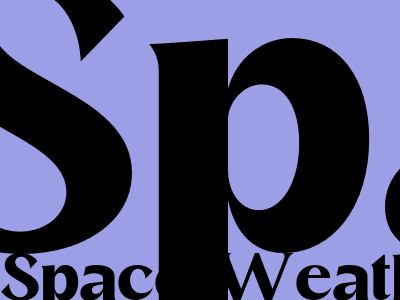Space Weather: A Guide to the Sun's Eruptive Activity and Its Impact on Earth
What is Space Weather?
Space weather encompasses changes in the Sun and their consequences on Earth's magnetosphere and atmosphere.
It includes phenomena like solar flares, coronal mass ejections (CMEs), solar wind, and geomagnetic storms.
Solar Flares and Coronal Mass Ejections (CMEs)
Solar flares are sudden bursts of electromagnetic radiation from the Sun's atmosphere. They produce solar particles and intense X-rays.
CMEs are massive clouds of charged particles and plasma that erupt from the Sun's atmosphere. They can contain up to billions of tons of material.
Solar Wind
The solar wind is a continuous flow of charged particles from the Sun's corona. It travels through the solar system and interacts with Earth's magnetosphere.
Geomagnetic Storms
When solar particles and CMEs reach Earth, they can interact with the magnetosphere and trigger geomagnetic storms.
These storms can disrupt Earth's magnetic field, leading to power outages, communication disruptions, and damage to satellites.
Impact on Earth
Space weather can have significant impacts on Earth's technology and infrastructure:
- Power outages
- Communication disruptions
- Damage to satellites
- Impacts on GPS navigation
- Health risks for astronauts and airline passengers
Mitigation Strategies
Scientists monitor space weather to predict and mitigate its potential impacts.
- Spacecraft hardening to withstand radiation
- Redundant systems to minimize outages
- Alerts and warnings for power and communication providers
- Radiation protection for astronauts and airline passengers
Conclusion
Space weather is a complex and dynamic phenomenon that can have significant implications for Earth. By understanding and mitigating its effects, we can protect our technology and infrastructure from its potentially devastating consequences.

Comments